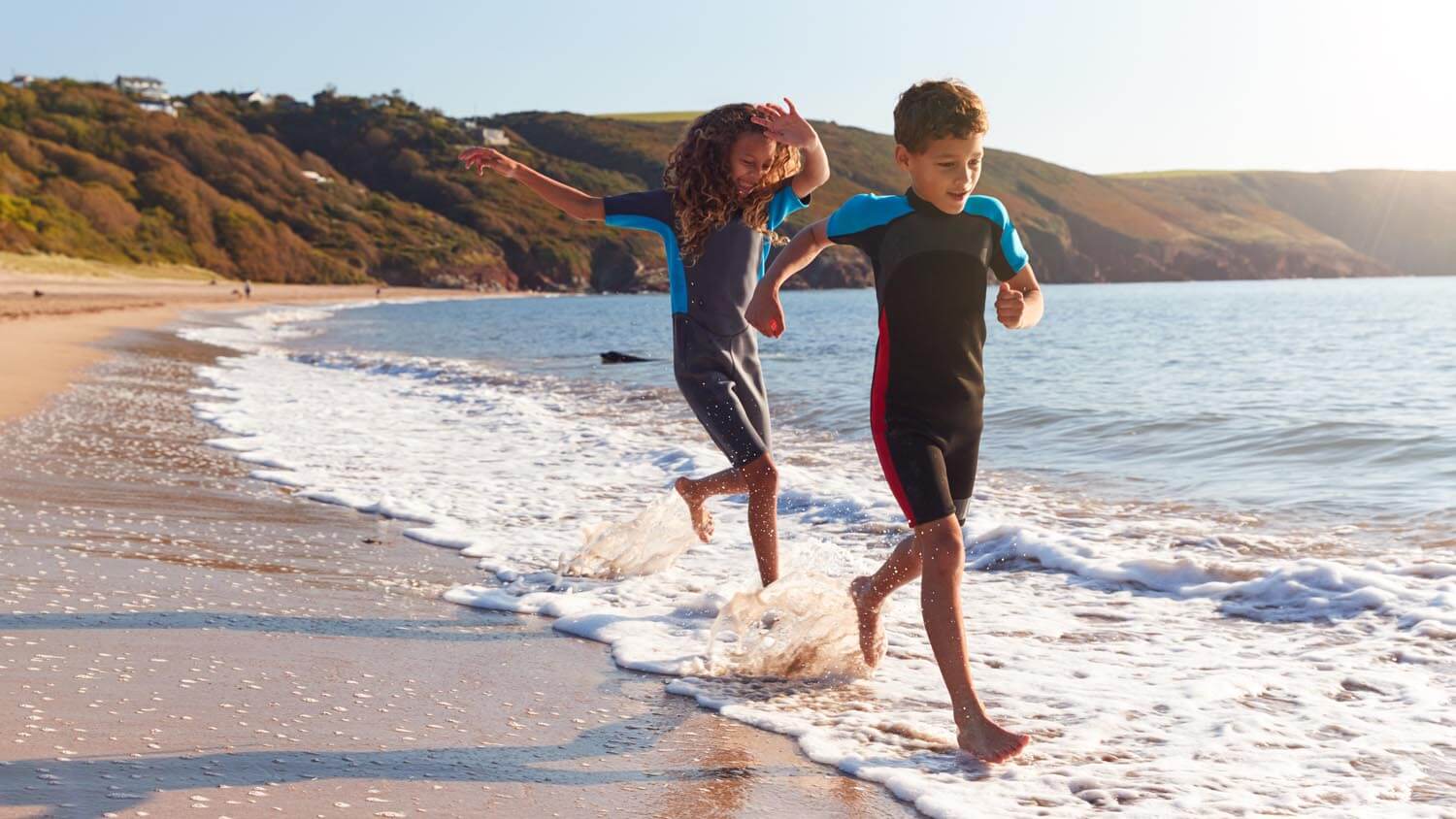When it comes to swimming, beach days, or water play, parents often ask: Does my child really need a wetsuit top? While not always essential, a wetsuit top can make a big difference in keeping your child warm, protected, and comfortable—especially in variable Australian conditions. This guide breaks down when wetsuit tops are worth considering and why they’re becoming a go-to for many active families.
What Is a Wetsuit Top?
A wetsuit top is a thermal, form-fitting piece of swimwear made from insulating materials like neoprene. It’s designed to cover the upper body—typically from the neck to the waist—and sometimes includes short or long sleeves. Unlike full wetsuits, tops are more flexible and lightweight, offering warmth without the bulk.
They’re popular among both adults and kids who participate in water activities like snorkelling, kayaking, swimming, or just long play sessions at the beach.
Benefits of Wetsuit Tops for Kids
Choosing the right gear for your child’s water activities is about more than just swimwear—it’s about protection, comfort, and confidence. A kids wetsuit top offers several key benefits:
1. Thermal Protection
Children lose body heat more quickly than adults, especially in cool or windy environments. A wetsuit top helps insulate their core, reducing the risk of chills and helping them stay in the water longer—ideal for ocean swimming, shady pools, or breezy coastal conditions.
2. Sun Protection
Many wetsuit tops offer UPF 50+ sun protection, shielding young skin from harmful UV rays. They provide coverage for areas that rash vests or swimsuits might miss, especially the shoulders and upper back—two common sunburn spots during long beach days.
3. Added Buoyancy and Safety
Neoprene naturally provides some buoyancy. While not a substitute for a life jacket, it can help children feel more secure in the water, giving them extra confidence while swimming or paddling.
4. Protection from Scratches and Stings
Rocks, reefs, jellyfish, and even pool walls can be harsh on young skin. A wetsuit top adds a barrier against minor scrapes, stings, or abrasions—especially useful when snorkelling, exploring tide pools, or playing around coastal rocks.
When Is a Wetsuit Top Recommended?
While they’re not necessary for every swim, wetsuit tops are ideal for:
- Cooler water conditions in oceans, rivers, or unheated pools
- Windy weather, especially on open beaches or boats
- Activities like surf lessons, kayaking, snorkelling, or creek adventures
- Extended water play, where body temperature can drop over time
- Kids who get cold easily or have sensitive skin
When It Might Not Be Necessary
There are plenty of situations where a wetsuit top may not be needed:
- Warm summer days in shallow, sun-heated pools or calm beaches
- Short sessions in consistently warm water
- Kids who prefer a lighter feel or more freedom of movement
In these cases, a good rash vest or sun shirt may offer sufficient protection.
Alternatives to Wetsuit Tops
If you’re not sure a wetsuit top is the right fit, consider:
- Rash vests for lightweight UV protection
- Thermal swimwear or full wetsuits for colder conditions
- Layering a wetsuit top over swim shirts or thermal base layers
Each option has its own balance of coverage, warmth, and mobility.
Parting Words
While not essential for every water outing, a wetsuit top can offer real advantages—especially in Australia, where water conditions and sun exposure vary widely. From keeping your child warm to protecting against the sun and sea, a good wetsuit top is a versatile piece of swimwear that can enhance their comfort, safety, and enjoyment in the water.
Choosing the right option depends on your child’s activity level, the environment, and how long they’ll be in the water—but when in doubt, having that extra layer of protection is often worth it.

